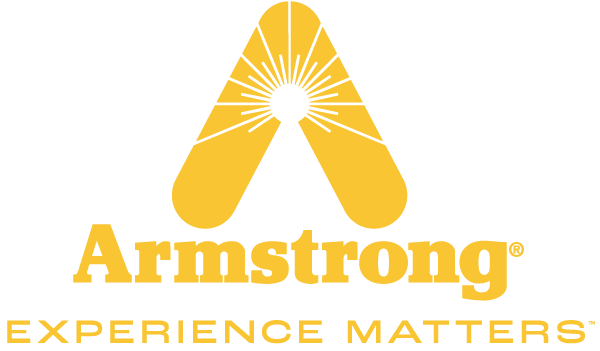No one has more experience in thermal utility assessments and mapping than Armstrong International.
Armstrong’s trained experts have performed comprehensive thermal utility assessments for some of the largest, most successful companies in the world, including globally recognized category leaders and Fortune 500 corporations.
Our thermal utility system engineers are all exceptionally qualified CEMs®.
Armstrong’s thermal utility system engineers in the U.S. are Certified Energy Managers (CEM) and contributors to the ASME EA-3-2009 standard and UNFCCC/CDM methodology AM0017.

Thermal Assessment
During a thermal assessment, Armstrong’s factory-trained representatives or our own thermal utilities engineers perform a high-level walk-through of your facilities to evaluate your thermal utilities system. Our experts will:
- Establish an initial baseline of your thermal utilities
- Identify pain points in your thermal utilities infrastructure, from generation, distribution and use to condensate return
- Provide overall observations of system deficiencies, potential impact if these are not addressed, and
- Recommend next steps
Comprehensive Thermal Studies
Based upon actual operational data and measurements, Armstrong’s experts establish a baseline of utility generation and use.
Conduct Thermal Mapping Analysis of the Plant’s Thermal Systems
- Heating/cooling production and distribution
- Heat utilization
- Heat recovery systems
- Condensate return/usage
- Monitoring and measuring effectiveness
Identify Opportunities for Optimization
- Elimination of losses
- Potential application of different heat generation methods, e.g., de-steaming, electrification
- Potential application of different heat recovery methods, e.g., pinch analysis, heat pump solution, thermal storage, etc.
- Budgetary savings estimates with simple ROI
- Determine capital and non-capital projects
Establish a Plan of Action
- Define immediate goals and objectives
- Define long-term goals
- Determine cost-effective, reliable, future-proof solutions
- Prioritize projects and identify next steps




